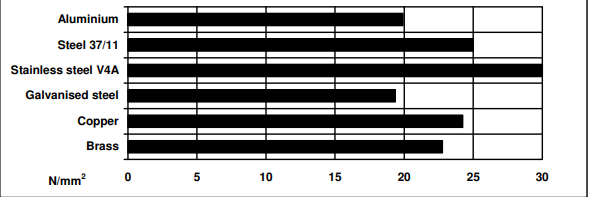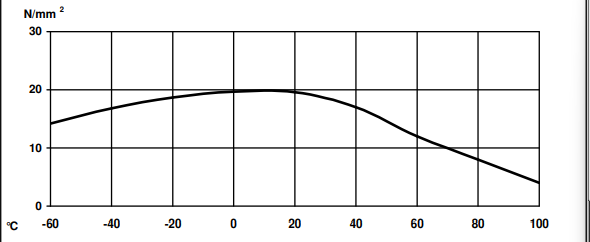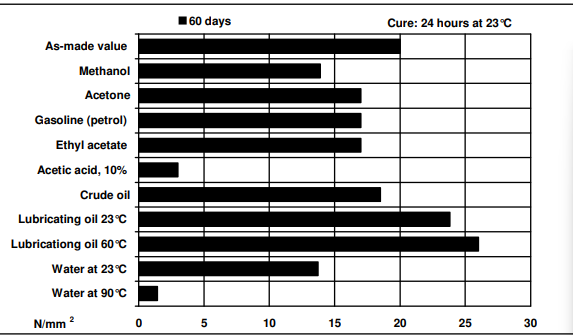Enhanced TDS
Identification & Functionality
- Chemical Family
- RTU Product Type
- Technologies
- Product Families
Features & Benefits
- Ready-to-Use Product Features
- Product Features
- Fast setting
- multipurpose gap filling adhesive with low shrinkage
- Rapid curing
- Lightly thixotropic
- Excellent oil resistance
- Bond silicon block to workpiece holde
Applications & Uses
- Compatible Substrates & Surfaces
- Product End Uses
- Markets
- Applications
- Processing Information
Pretreatment
The strength and durability of a bonded joint are dependant on proper treatment of the surfaces to be bonded. At the very least, joint surfaces should be cleaned with a good degreasing agent such as acetone or other proprietary degreasing agents in order to remove all traces of oil, grease and dirt. Low grade alcohol, gasoline (petrol) or paint thinners should never be used. The strongest and most durable joints are obtained by either mechanically abrading or chemically etching (“pickling”) the degreased surfaces. Abrading should be followed by a second degreasing treatment.
Mechanical processing
Specialist firms have developed metering, mixing and spreading equipment that enables the bulk processing of adhesive. We will be pleased to advise customers on the choice of equipment for their particular needs.
Equipment maintenance
All tools should be cleaned with hot water and soap before adhesives residues have had time to cure. The removal of cured residues is a difficult and time-consuming operation.If solvents such as acetone are used for cleaning, operatives should take the appropriate precautions and, in addition, avoid skin and eye contact.
Typical times to minimum shear strength
Temperature °C 10 15 23 40 60 80 Cure time hours 12 4 1 minutes 20 5 3 * These times do not include the time to heat the components to the curing temperature
** Curing at temperatures of 10°C and below will result in below average properties. These can be enhanced by postcure at higher temperatures.
Properties
- Physical Form
Technical Details & Test Data
- Typical Cured Properties
Unless otherwise stated, the figures given below were all determined by testing standard specimens made by lapjointing 170 x 25 x 1.5 mm strips of aluminium alloy. The joint area was 12.5 x 25 mm in each case.The figures were determined with typical production batches using standard testing methods. They are provided solely as technical information and do not constitute a product specification.

Average lap shear strengths of typical metal-to-metal joints (ISO 4587) (typical average values)
Cured for 24 hours at 23°C and tested at 23°C. Pretreatment - Sand blasting

Lap shear strength versus temperature (ISO 4587) (typical average values)
On aluminium. Pretreatment - Sand blasting. Cure: 24 hours at 23°C

Lap shear strength versus immersion in various media (ISO 4587) (typical average values)
On aluminium, cured for 24 hours at 23°C and tested at 23°C. Pretreatment - Sand blasting Unless otherwise stated, L.S.S. was determined after immersion for 60 days at 23°C

Lap shear strength versus tropical weathering (ISO 4587) (typical average values) (40°C/92% RH)
On aluminium, cured for 24 hours at 23°C and tested at 23°C. Pretreatment - Sand blasting
Roller peel test (ISO 4578) (typical average values)
On aluminium acid etched, cured: 24 hours at 23°C 4.5 N/mm Glass transition temperature (typical average values) ( ISO 11357-2)
Cure: 24 hours at 23°C 46 -52
Safety & Health
- Handling Precautions
- Our products are generally quite harmless to handle provided that certain precautions normally taken when handling chemicals are observed.
- The uncured materials must not, for instance, be allowed to come into contact with foodstuffs or food utensils, and measures should be taken to prevent the uncured materials from coming in contact with the skin, since people with particularly sensitive skin may be affected.
- The wearing of impervious rubber or plastic gloves will normally be necessary; likewise the use of eye protection.
- The skin should be thoroughly cleansed at the end of each working period by washing with soap and warm water.
- The use of solvents is to be avoided. Disposable paper - not cloth towels - should be used to dry the skin. Adequate ventilation of the working area is recommended. T
Packaging & Availability
- Regional Availability
Storage & Handling
- Storage Conditions
- Araldite® AW 2101 and Hardener HW 2951 may be stored at 2 – 40ºC provided the components are stored in sealed containers.
- The expiry date is indicated on the labels.
Other
- Appearance
- Grey paste
- Application Information
Value Units Test Method / Conditions Mix Ratio 1.0 - Hardener : Resin - Physical Properties
Value Units Test Method / Conditions Lap Shear Strength min. 14.0 MPa MPa Internal Method at 25°C Specific Gravity approx. 1.8 - at 25°C
